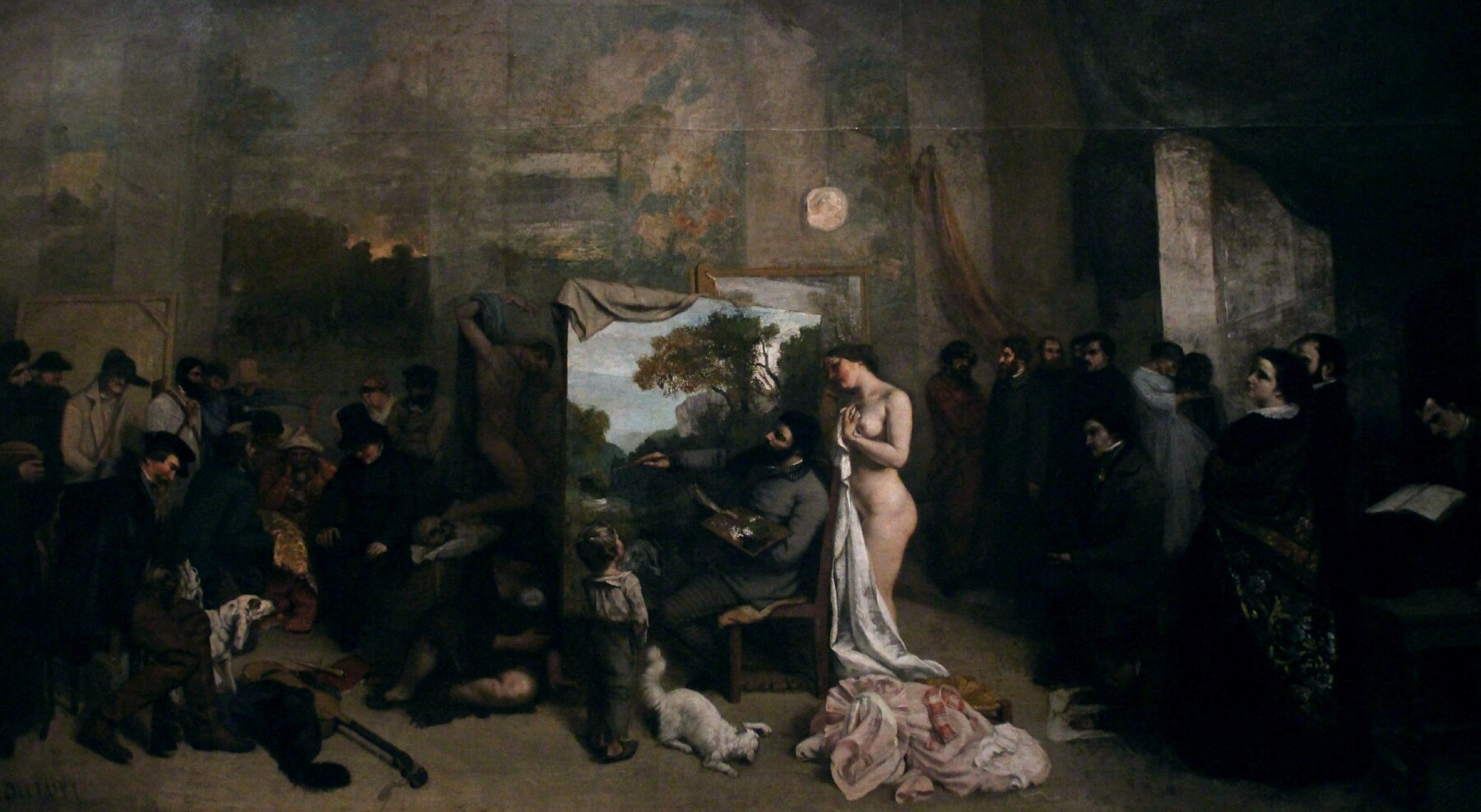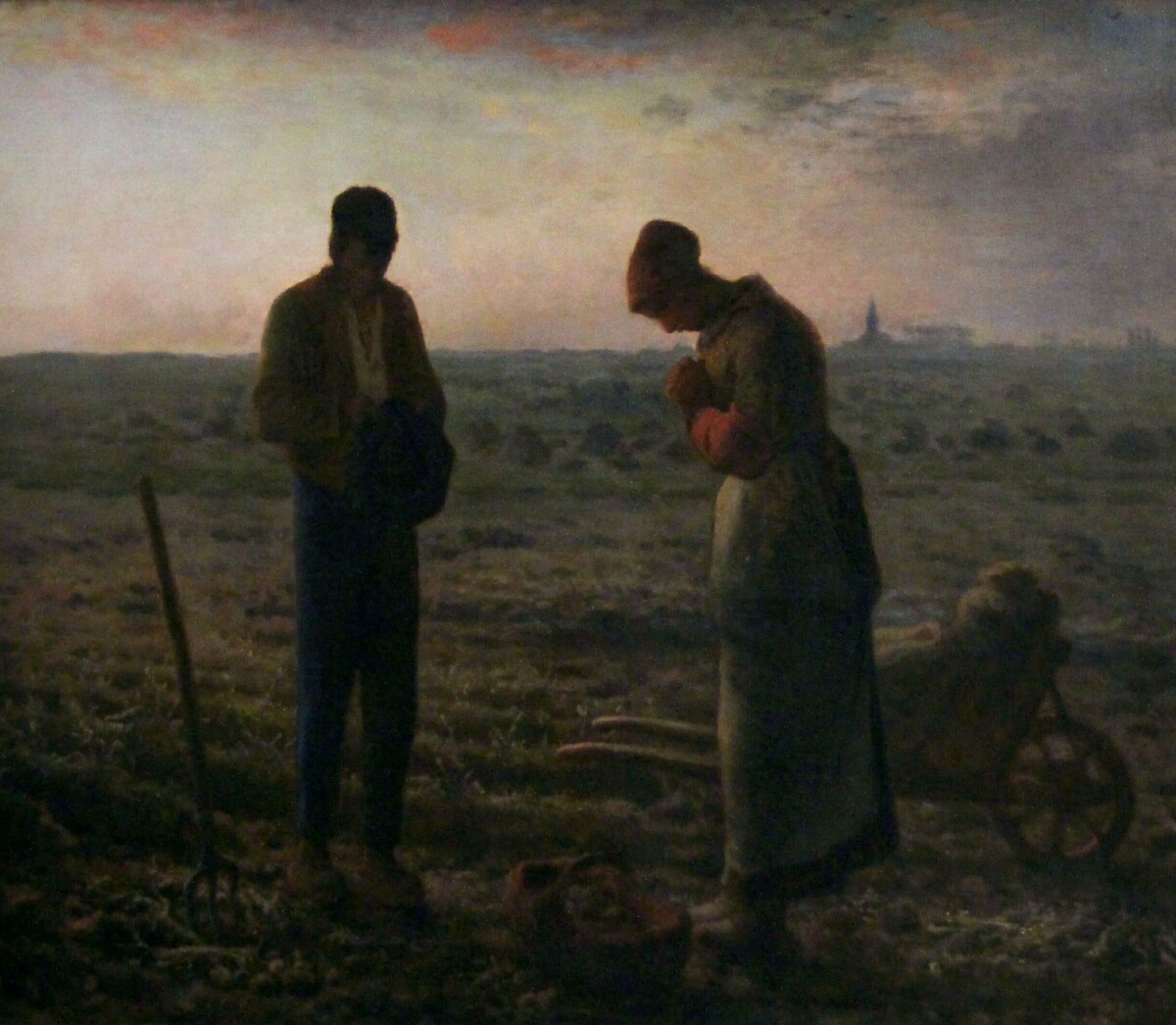
Above: "The Artist's Studio: A Real Allegory of a Seven Year Phase in my Artistic and Moral Life" by Gustave Courbet, 1855. Not sure why a naked woman is there when Courbet is painting a rural landscape.
|
|
1 is "The Angelus" by Jean-François Millet, 1857-1859. Millet was one of the founders of the rural Barbizon school, noted for his scenes of peasants and farmers.
2 is "Reception of the Grande Condé by Louis XIV at Versailles, 1674" by Jean-Léon Gérôme, 1885.
3 is "The Death of Francesca de Rimini and of Paolo Malatesta" by Alexandre Cabanel, 1870.
4 and 5 is "Herculanum, August 23, 79 A.D." by Hector Leroux.
6 is detail of "The Artist's Studio: A Real Allegory of a Seven Year Phase in my Artistic and Moral Life" by Gustave Courbet, 1855.
7 is a view of houseboats along the Seine River outside the Musée d'Orsay.
8 and 9 are views within the Jardins des Tuileries.
10 is my Scallops St. Jacques for lunch.
11 and 12 are views of the fountain and down into Paris from Sacré-Cœur Basilica in Montmartre, the highest point in Paris. Sacré-Cœur was built due to the defeat of
French troops during the Franco-Prussian War, believing the it to be a divine punishment after "a century of moral decline" since the French Revolution, due to the
division in society between devout Catholics and royalists on one side, and democrats, secularists, socialists, and radicals on the other.
|

|
|